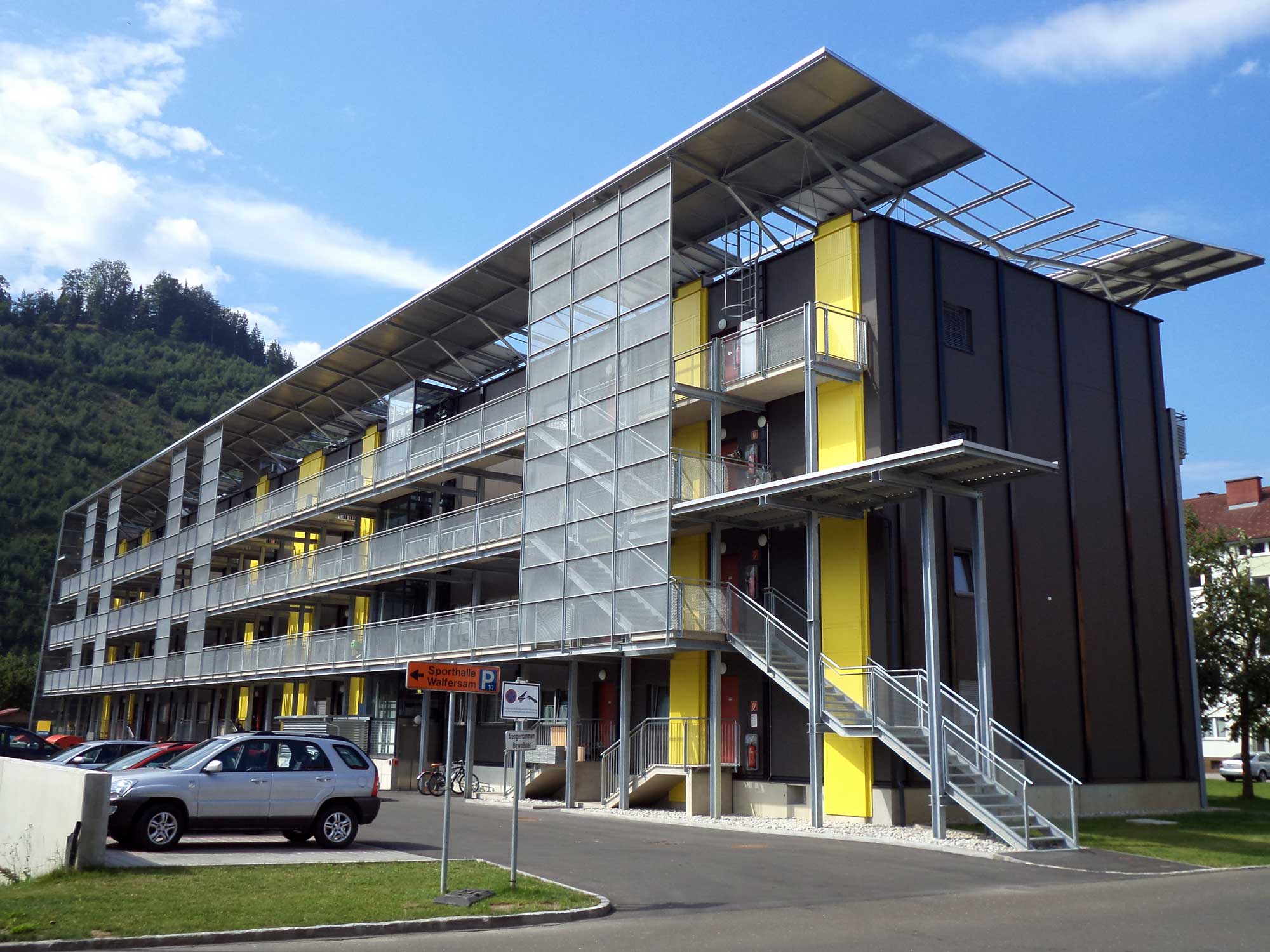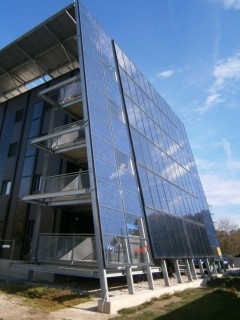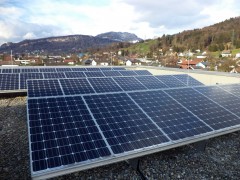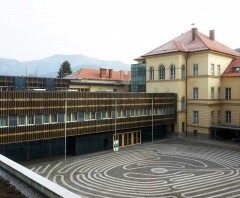In the future, the high percentage of renewable energy sources used to feed into power grids and heating networks will bring about a transition from energy produced purely in line with requirements (“generation on demand”) to requirements or consumption aligned with production (“consumption on demand”). This transformation is a necessary step in order to make targeted use of the fluctuating supply of renewable energy from wind and solar power, ease the load on the grids and reduce the need for storage systems. Energy-flexible buildings will be able to play a key role in stabilising both power grids and heating networks in the future. Being “energy-flexible” means that a building is capable of adapting its energy consumption and production in line with its local climatic conditions, the needs of its users and the requirements of the grid by means of smart regulation and control. Smart technologies and solutions allow loads to be regulated on the demand side in line with how much of its energy demand the building is covering itself and/or the requirements of the surrounding grids and networks.
Evaluating energy flexibility
Im The project EBC Annex 67: Energy Flexible Buildings has been carried out as part of the IEA’s Energy in Buildings and Communities (EBC TCP) technology collaboration programme. With Austrian involvement, a method to describe and evaluate the energy flexibility of buildings has been tested. The methodology treats energy flexibility as a certain amount of energy that a building can shift in response to external influences without discomforting those inside it or modifying its utilities management system. Rather than being a set value determined by its structure, the energy flexibility of a building thus varies depending on the framework conditions such as the climate, building standard, control system, etc. as well as an external control signal, which triggers a response from the system. The potential energy flexibility that a building can harness is determined by the heat accumulation capacity of the various components, the number and size of the hot water storage systems, the electrical equipment and consumers contained in the building and the control systems used. Whether this potential can be fully exploited largely depends on the building technology installed and its design and structure from a building engineering perspective and is determined early on, during the planning phase. Simulations run on different types of buildings reveal that, although existing buildings have a significant impact on high peak loads that can be shifted at short notice, the load on power grids and heating networks can only be reduced for several hours at a time if energy-efficient renovation work – right up to plus-energy standard – is carried out.
„Smart Readiness“ of buildings
The new EU Buildings Directive (amended 2018) includes a “Smart Readiness Indicator” (SRI) to assess the “smart-capability” of buildings. Next-generation buildings will be required to have the potential to need very little energy, cover what energy demand they do have from local renewable energy sources as far as possible and consume energy in line with local production. The control, regulation and management of these coordinated energy flows (dovetailed with power grids and heating networks) will form a key element of these new buildings. As part of the IEA’s “EBC Annex 67” project, a position paper has been produced that is intended to contribute to the description of a building’s “smartness” in the new EU Directive. The EU Commission will shortly be unveiling a rating scheme including a definition of the SRI for buildings and the methodology for calculating it.
https://nachhaltigwirtschaften.at/de/iea/technologieprogramme/ebc/iea-ebc-annex-67.php
http://www.annex67.org/publications/deliverables/

„The increasing global energy demand, the foreseen reduction of available fossil fuels and the increasing evidence of global warming have led to a high interest in renewable energy sources. However, renewable energy sources, such as wind and solar power, have an intrinsic variability that can seriously affect the stability of the energy systems if they account for a high percentage of the total generation. The energy flexibility of buildings is – by IEA, EU and many others – considered as a part of the solution to alleviate the upcoming challenges in the future demand-respond energy systems, (electrical, district heating and gas grids).“
Søren Østergaard Jensen,
Senior Project Manager at Danish Technical Institute and Operating Agent for the IEA EBC Annex 67
![]()
SRI Austria
Formulating national specifications for the Smart Readiness Indicator (SRI) formed part of the project “SRI Austria – Rating Scheme and Opportunities for Smart Buildings”, which was completed in 2019. In dialogue with the IEA’s EBC Annex 67, the experts from the EU Directorate-General for Energy and national stakeholders, a consortium headed by AEE INTEC* formulated a proposal for the SRI for buildings in Austria. This serves as a basis for decision-making and supporting the implementation of the SRI at national policy level as well as its potential incorporation into the process for issuing energy passports. On this basis, the Federal Ministry for Climate Action, Environment, Energy, Mobility, Innovation and Technology (BMK) and the Austrian Institute of Construction Engineering (OIB) are currently working on national implementation, which is optional for member states.
https://nachhaltigwirtschaften.at/de/sdz/projekte/sri-austria.php
* Project partners: AEE – Institute for Sustainable Technologies (AEE INTEC) (project management), 17&4 Organisationsberatung GmbH, University of Applied Sciences Technikum Wien, Technology Platform Smart Grids Austria



